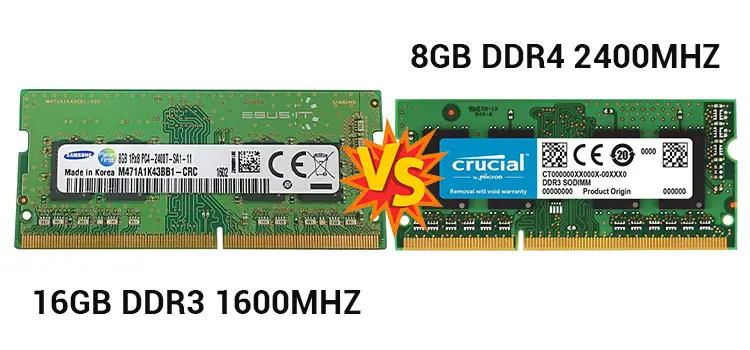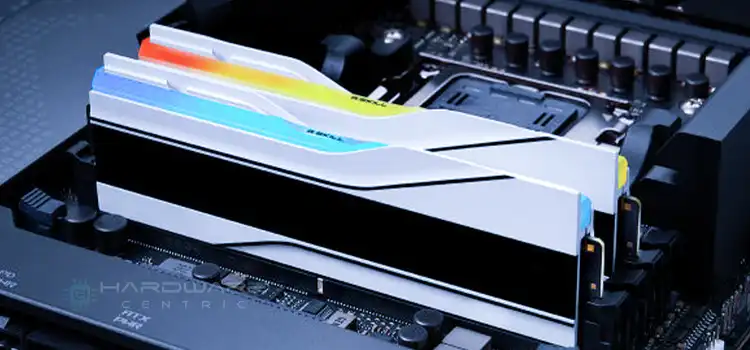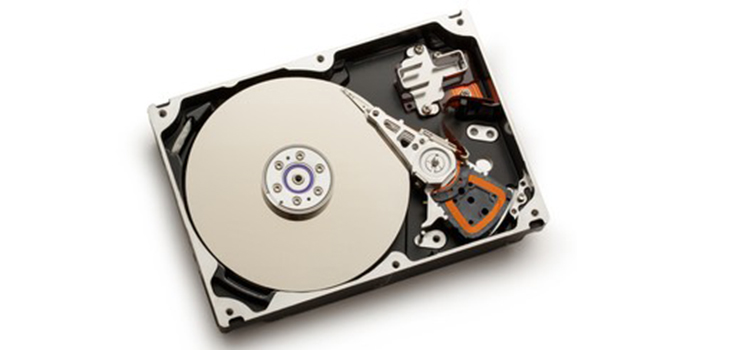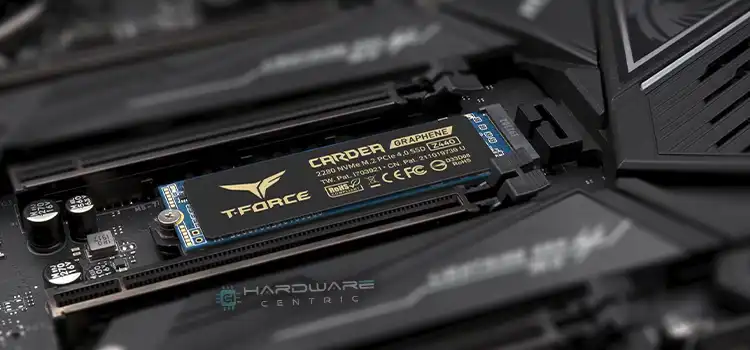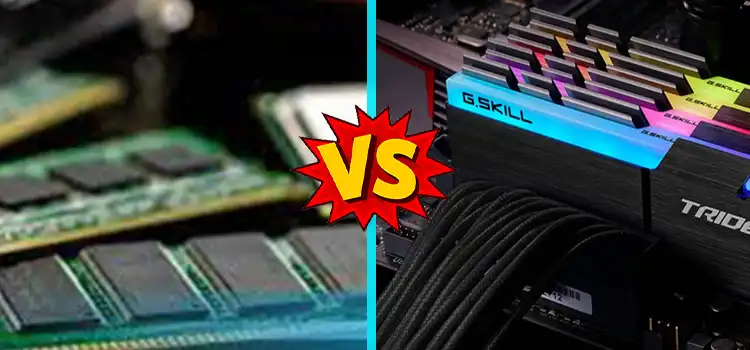Is Intel Optane Worth It? Proper Explanation for You
When Intel first released Optane, the promise was simple yet brilliant, to combine the best of both worlds. That was in 2015, and almost eight years later, people still have been asking if it’s worth getting the Intel Optane. That’s what we are going to answer today in this article.
When Optane was released back in 2017, it was quite expensive. And even today, it’s not that affordable. However, is it worth it because of the high retail price it comes with? Sadly, we are going to steer to the negative. For the high initial cost and the emergence of other speedy storage solutions, the Intel Optane might not be worth your money. To learn more in detail, read on.
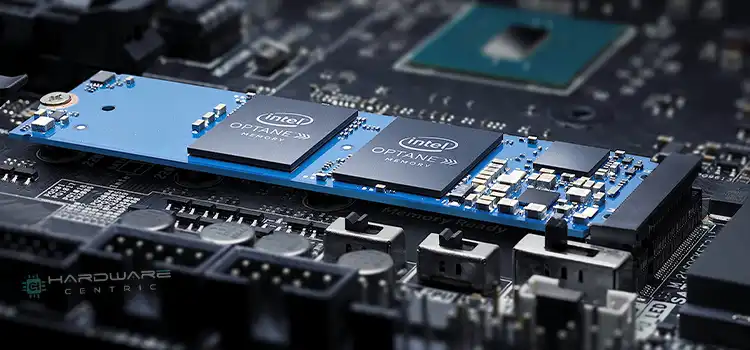
What’s Intel Optane?
Before diving into why Intel Optane might or might not be your next best storage solution, you need to understand what makes Intel Optane different from other storage solutions. You see, the Intel Optane is a high-speed memory technology that’s non-volatile. It’s designed to bridge the gap between DRAM and traditional Hard Disk Drives.
But how does it work really? To understand that, you must first understand what your computer does when you start your computer up. Your processor retrieves data from the primary storage of your computer, be it HDD or SSD. It loads up those files into the RAM memory. A hardware component called the controller oversees the process.
Accessing data from the main storage can be slow, especially with big files or slow data transfers. When your computer’s RAM gets full, it may have to delete old data, so if you need it again, it has to fetch it from the storage, which takes time. Getting more RAM can help, but it’s expensive, and there are limits to how much you can add. That’s where the Intel Optane shines, as the perfect middle ground for storing frequently used data. It offers the perfect balance between the RAM and HDD speed. Furthermore, the Optane doesn’t lose data when it’s turned off, but RAM does.
What Makes Intel Optane Different?
Built on the foundation of a technology called the 3D Xpoint, the Optane is a unique technology that allows for speed of up to 1000 times faster than NAND flash memory and up to 10 times greater density than conventional memory storage, in theory at least. But how does it compare against other traditional storage solutions? Here’s a comparison between Optane and other memory types:
| Aspect | RAM | Intel Optane Memory | SSD | HDD |
|---|---|---|---|---|
| Type | Volatile | Non-volatile | Non-volatile | Non-volatile |
| Speed | Extremely fast | Very high | High | Slower |
| Capacity | Limited | Higher than RAM | Varies (from GBs to TBs) | Large (typically TBs) |
| Cost | Expensive | High | Moderate to High | Affordable |
| Data Retention | Data lost when powered off | Retains data when powered off | Retains data when powered off | Retains data when powered off |
| Use Case | Main memory for active tasks | Cache and storage acceleration | Primary storage for speed | Affordable, high-capacity storage |
| Common Applications | Running programs, current data | Accelerating storage performance | Fast boot times, application speed | File storage, archiving |
So, Is Intel Optane Worth It?
After all that discussion, the question still remains. Is Intel Optane really worth it? Since it’s still way more expensive than regular SSDs or even NVMe SSDs. Well, it all depends on your usage. If your workload requires you to work with lots of files on a regular basis, like content creators for YouTube shorts or TikTok, you might benefit a lot with an Optane drive installed. The same goes for workstation computers.
However, with SSDs getting cheaper than ever and the speed increasing leaps and bounds, it is really hard to justify the price gap between them and the Optane. For literally less than half the price of an Optane drive, you can get an SSD that’s 80% as fast and triple in storage capacity. Also, since most modern computer users use SSDs for archiving as well, the performance improvement won’t be that substantial either, which was very much apparent when people used to use HDDs.
Additionally, since modern-day computing requires loading up a lot of large-sized files (video editing, gaming, etc.), the performance improvement will be very little and not at all worth the price.
What’s the Alternative for Optane then?
A good alternative here would be to invest in a good quality NVMe SSD that offers good speed and high storage capacity. That way, you don’t have to compromise between speed and capacity. For PC gamers and video editors, it’s a no-brainer that a good-quality SSD with a larger storage capacity for the same price is way better than Optane.
Final Thoughts
Unless you have a free NVMe slot and you can get an Optane for very cheap, we would suggest you steer clear of Optane. Even though it was a great concept and the memory is practically faster than SSD, its pricing is way off. Besides, solid-state memory technology caught up over the years and they offer comparable speed and higher capacity for less than half the price. Therefore, your best option would be to invest in a good quality storage solution like Samsung Evo, rather than getting an Optane.
Subscribe to our newsletter
& plug into
the world of PC Hardwares
